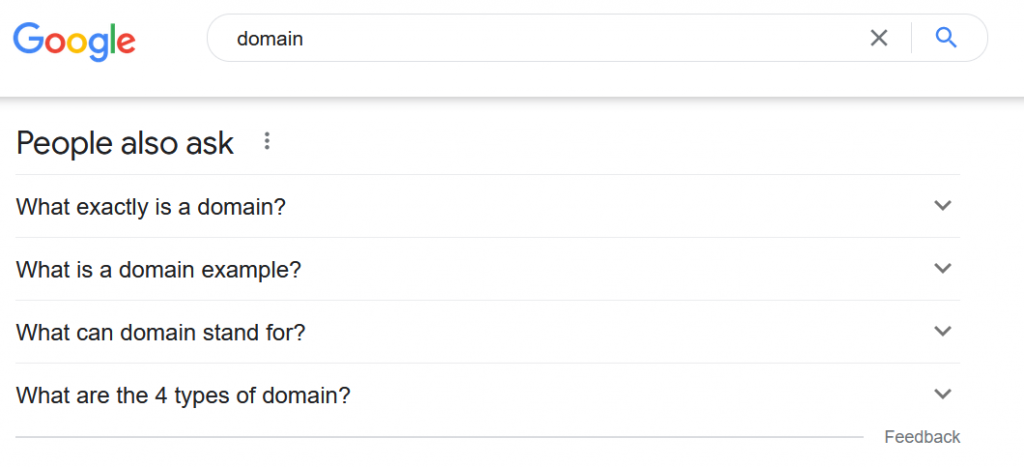Have you ever been unsure about the name of an actor or actress? There’s no way to find anything other than one their films … and then you’ve done what millions around the world do everyday and said: “Hey Siri …” or “Alexa …” to ask your favorite voice assistant your question.
If you have or are about to launch a website, it’s important to implement some best practices to make sure you show up in voice search results.
What exactly is voice search?
Without us hardly noticing, virtual assistants or devices offering voice search have become embedded in our daily lives. From a user’s point of view, they help us find answers to questions we have. But from the point of view of of the device, they just translate our question from a spoken request to a web search on a search engine and then share the relevant results with you. It’s important, then, for web professionals to know how to adapt to this new way of doing things.
How widespread is voice searh?
In 2019, there were no less than 3.25 million digital voice assistants in use globally. And the trend is still growing: Google now indicates that 1 out of every 5 searches with its flagship search engine are done via voice search. Voice search must be taken into account when we create content for our websites, just like SEO (Search Engine Optimization — best practices for optimizing and improving a page’s rankings in search engine results).
What best practices should be implemented to optimize your website for voice search?
Optimize your site for voice search: website loading
First off, it’s important to know that, to answer a voice search, the virtual assistant will pick from among the first results that search engines provide. That takes us back to basics, then: rise in the search rankings by applying the basic rules of SEO.
And the rule to remember here is the time it takes to load a website. Sites that load quickly enough rise to the top of Google’s rankings. To measure this, it couldn’t be simpler: Google has made a free “crawler” tool available that analyzes a page and grades it based on how well it performs. If you want, you can also use other free tools that measure load times, like GTmetrix or Dareboost. These tools will also provide additional recommendations for improving the load times of your website, which in turn will make your site one of the top results in a voice search.
Be sure to verify that:
- Your website is responsive and that the display adapts to different devices (tablets, desktops, smartphones, etc.)
- Your images and other multimedia content are compressed and optimized
Optimize your site for voice search: answer common questions in your business sector
Secondly, you should also familiarize yourself with the frequently asked questions in your business sector or market segment. Most voice searches take the form of questions, so it’s important to rank well, in SEO terms, on these search questions.
To begin with, you’ll need to know which questions related to your business sector or market segment are the most frequently asked, regardless of whether they’re being asked by voice search or in a web browser. To find these questions, you can first of all start by searching using keywords tied to your market and observe what questions show up on the first page of search results (see the screenshot below).

These questions that appear up front are part of a feature implemented by Google which is called the Google Snippet. This tool enables you to emphasize content on a site that responds to certain questions, like in the screenshot for example. Your goal, then, is to appear in these boxes.
If the questions that appear are the subject of multiple articles by your competitors, you will need to stand out by answering other questions. To guide your analysis, we recommend using the website Answer The Public that offers several free searches per day, displaying questions in the form of intuitive diagrams.
After that, the process is the same: produce content in which you answer the question in a short and concise way in order to appear in the Google Snippet and have your content shared in the results of a voice search.
Optimize your site for voice search: play the “local” card
Another useful lever is the local aspect. Results promoted by Google via voice search are often related to searches about products or services geographically near the user. In order to appear in these results, it’s important to have a Google My Business page: creating a page is completely free and enables potential customers looking for you to find your contact information, easily find the link to your website, and more. Thanks to this page, you will more easily appear in voice search results.
However, you can go further than that by creating content related to your geographic area if you also have a physical presence either in a storefront or office space. Our advice is to write about your city or neighborhood so that it will show up in searches made about that area. For example, if you’re a baker, following this recommendation would mean that when someone does a voice search like “What’s the nearest baker?” you will be more likely to be included in the results provided to that user.
Going further
If you’ve scrupulously followed the advice above and you want to go further in terms of your online presence, we recommend to take a look at our article about SEO.
Tagged in prestashopSEOWordpress



